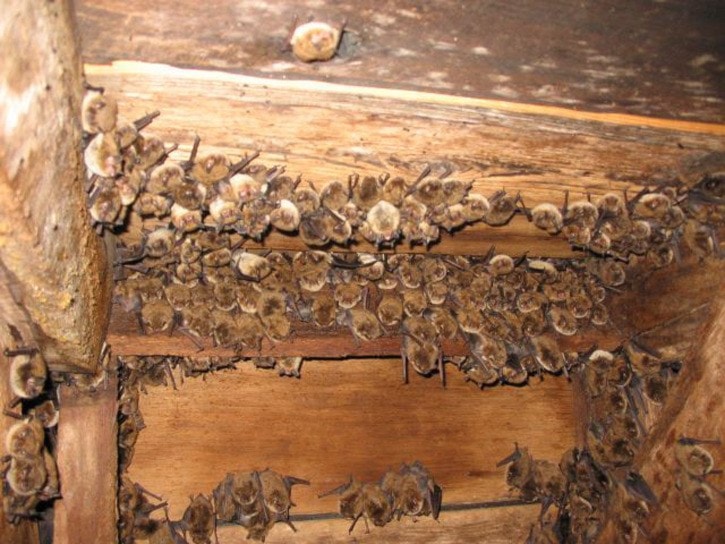Contributed by Juliet Craig
Residents of the Kootenay and Columbia are counting bats to provide valuable information on bat populations. This initiative, which part of the Kootenay Community Bat Project (KCBP), encourages residents to wait outside roost sites at dusk and count bats as they leave.
Annual bat bounts are occurring in some U.S. states to better understand impacts of White Nose Syndrome (WNS), a disease that is decimating bat populations in eastern North America. WNS is not yet in B.C. so there is the opportunity to collect baseline data on bat populations and how they change over time.
Juliet Craig is the coordinating biologist with the Kootenay Bat Project. “This event is a wonderful opportunity for residents who care about wildlife to be involved in collecting valuable information, Craig said. “They don’t need any special skills and kids can be involved.”
Residents wait outside a known roost site, such as a bat-house, barn, bridge or attic, and count bats as they fly out at twilight. They record the final count along with some basic information on weather conditions. Two counts are done between June 1 and 21 before pups are born, and two more between July 21 and August 15 when pups are flying with their mothers.
“We know relatively little about bats including basic information on population numbers” says Craig. “This information will be extremely valuable, particularly if it is collected annually.”
Of the sixteen species of bats in B.C., half of them are considered vulnerable or threatened and an additional species, the little brown myotis, has recently been assessed for federal endangered status. Information on local bat species and their roost sites is an important part of bat conservation and management.
“If people want to get involved but don’t have a roost site on their property, we do our best to match them to a roost site nearby” says Craig. “We also mail out hand clickers to make counting easier.”
To download Annual Bat Count instructions and data forms, or to register for the bat count, visit www.kootenaybats.com under the ‘Get Involved’ link or call 250-352-2260. The Kootenay Community Bat Project also provides information on safely evicting bats from buildings or identifying bat species in roost sites.
Juliet Craig is a Registered Professional Biologist with Silverwing Ecological Consulting.
